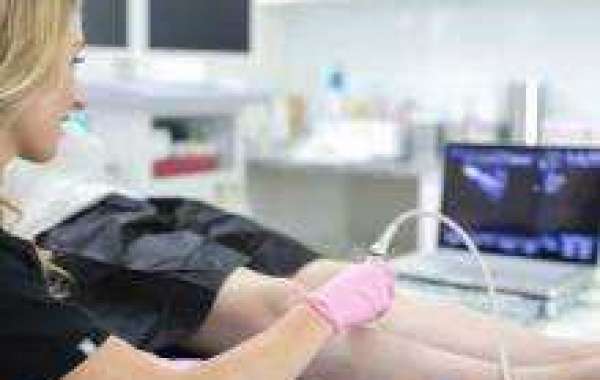25% people of any country suffer from varicose veins. A frequent disease that can be treated in less than an hour thanks to radiofrequency. Varicose veins are due to abnormal dilatation of a vein that deforms, lengthens and becomes tortuous. This is a chronic disease. Women are more often affected than men.

What promotes varicose veins?
- Heredity is also an important part of venous disease.
- Other criteria such as pregnancy, overweight, exposure to heat, standing work and a sedentary lifestyle may favor varicose veins.
Varicose vein removal by Radio Frequency:
Radiofrequency is defined as a radio-electric wave whose frequency is less than 300 Giga-Hertz, that is a wavelength greater than 1 mm. In medicine, it has long had applications in many areas: removal of tumors, liver in particular, treatment of the soft palate for snoring, and more recently treatment of certain disorders of the heart rhythm. Its mode of action is destruction by heat: the waves delivered cause a molecular agitation of the nearby tissues, which induces a significant increase of the temperature in these tissues.
For varicose veins , the target tissue is the venous wall , and the first use of radiofrequency in this application dates from 2000. The veins involved in this treatment are the saphenous veins. Formerly the saphenous veins were treated by stripping: the vein was surgically removed, through incisions.
Like the endovenous laser, the RF Ablation for Leg Veins is an endovenous technique, so the probe must be introduced into the vein to be treated. This is done through a small introducer, which is a kind of small plastic hose of the same type as those used for any endovascular treatment, for example for dilatation of leg arteries or for dilatation of arteries coronary for the heart.
For Radiofrequency Ablation Varicose Veins, a radiofrequency probe is required which measures only a little more than 1 mm in diameter. The necessary introducers are therefore of small caliber, and they measure 10 cm long; they are placed in the vein after venipuncture with the needle at the level of the leg, under local anesthesia . Once the introducer is in place, the probe is slid into this pipe and mounted in the vein to be treated to the desired level, under ultrasound control. Once the probe positioned correctly, a local anesthesia called "tumescence" is performed: injection around the vein to be treated, a mixture of saline with anesthetic, lidocaine, put in small amounts.
Tumescence isolates the vein from the rest of the tissues, which must be preserved when the vein is heated; it plays an important role for security. It also allows better contact of the vein with the probe; it therefore enhances efficiency. In addition, by the anesthetic effect of tumescence, treatment of the vein by heat is painless. Tumescence is therefore a very important step, currently unavoidable, and must be performed under ultrasound guidance for more precision and safety.
You can search on Google for the Best Varicose Vein Treatment Near Me.
Article Source: https://veintreatmenttexas.blogspot.com/2019/07/complete-guide-about-radiofrequency_12.html







